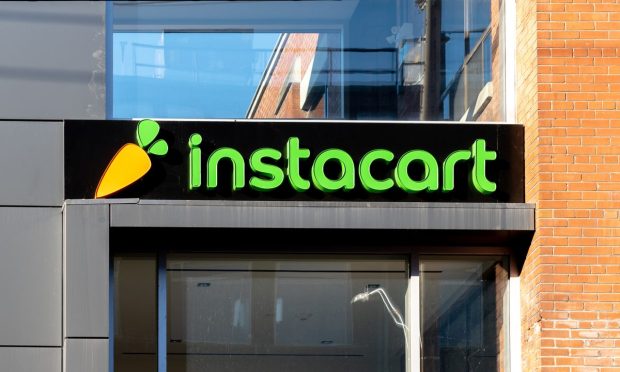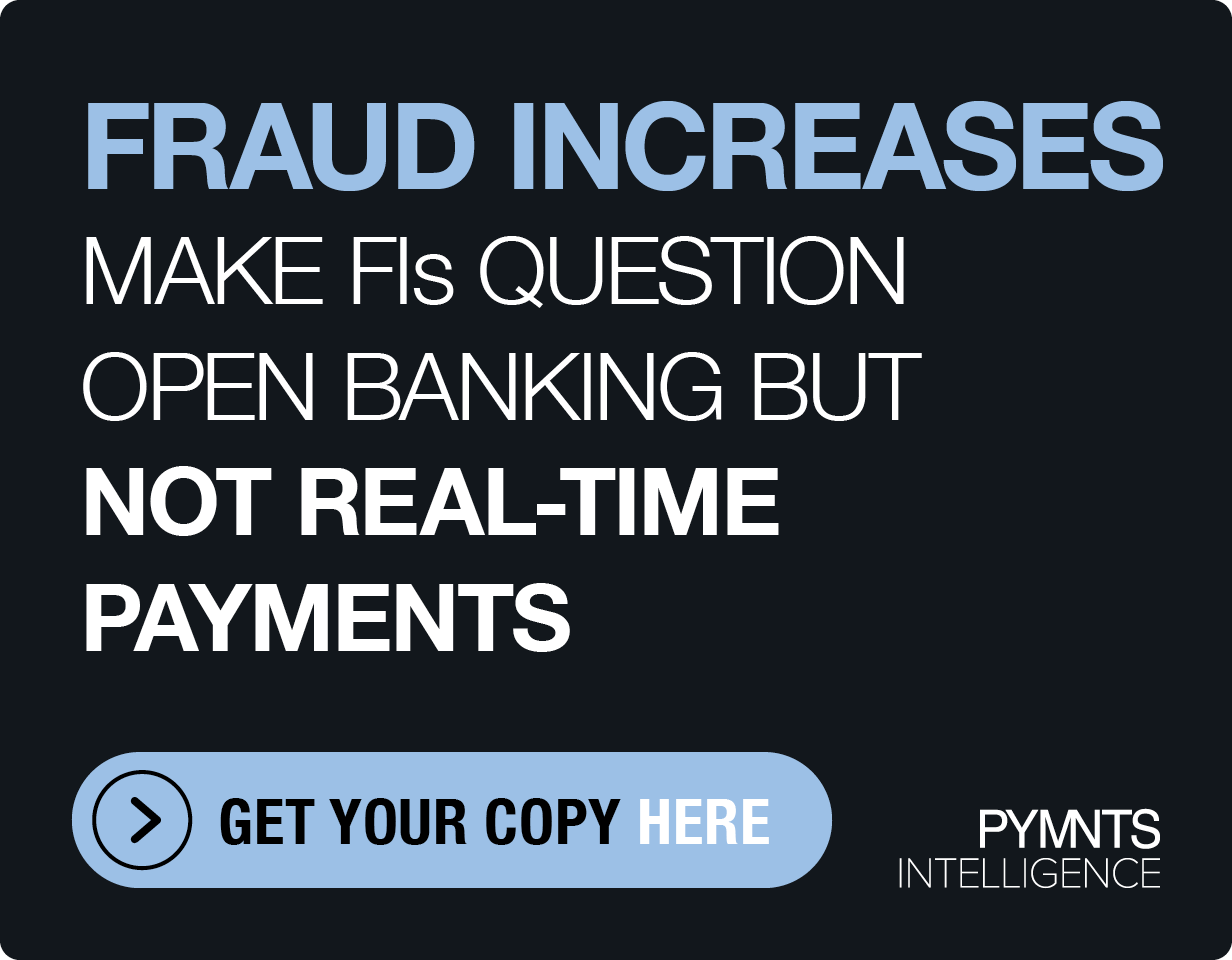Instacart Preps for IPO as Consumers’ Shift to Pickup Threatens Aggregators’ Future

Now might not be the best time for Instacart to be entering the public market. After years of leadup, the grocery aggregator announced Thursday (May 12) a confidential filing with the Securities and Exchange Commission (SEC) for an initial public offering (IPO).
Read more: Instacart Delivers Long-Awaited Public Offering
Reports of Instacart’s IPO prep date back to late 2020.
See more: Instacart IPO Could Come Early 2021 With $30B Valuation
In early 2021, news circulated that the company was instead considering going public via direct listing.
Read more: Instacart Eyes Direct Listing to Maximize Stock Price
Now, the aggregator faces a very different landscape than it would have, had it gone public amid the initial delivery boom seen during lockdown. Earlier this year, it was reported that the company was cutting its internal valuation by 38% from the $39 billion at which it was valued previously.
See more: Changing Market Prompts Instacart to Cut Valuation From $39B to $24B
There is no question that the demand for food delivery is there. Consumers have grown used to the convenience of having their meals brought directly to their homes, and they expect to continue to be able to do so. However, the economics of delivery aggregators have never been sound even in the periods of the highest order volume, with most players continuing to operate at a loss as business was booming. Now, with the labor market becoming increasingly competitive, it is especially difficult to make a profit delivering, say, an $11 burrito.
Read more: Food Delivery Aggregators’ Growth Hits a Snag With Consumers’ Return to Day-to-Day Life
In recent quarters, aggregators have seen mixed results. One report earlier this month noted that Just Eat Takeaway.com saw its stock fall 70% in 2021 and another that Instacart’s in-store pickers are seeing less frequent orders, and the orders that do come in are smaller-ticket purchases.
Additionally, it was reported last month that instant delivery platform Gopuff has undertaken multiple rounds of job cuts this year and that it is lowering drivers’ minimum pay in California.
See more: Gopuff’s Fast-Delivery Model Gets Tested in Changing Environment
On the other hand, DoorDash and Uber’s recent financial results show continuing double-digit growth.
Read more: Aggregators’ Growth Shows Delivery Habits Buck the Great Reopening
Notably, with rising inflation, many consumers are turning to pickup channels to avoid delivery fees, a trend that threatens aggregators’ sales.
See more: From Outdoor Seating to Touchless Payments, Dining Habits Are Changing
PYMNTS’ April study, “The Digital Divide: The Key Factors That Drive Restaurant Choice,” created in collaboration with Paytronix, found that 47% of consumers cited convenience of pickup as an important factor influencing their restaurant choice.
Read more: For Restaurants, Consumers’ Inflation Concerns Prompt Renewed Focus on Pickup Channels
“[Pickup is] still the most quote-unquote ‘cost efficient’ because there’s no delivery fees and those types of things,” David Bloom, chief development and operating officer of fast-casual sandwich chain Capriotti’s and its subsidiary Wing Zone, told PYMNTS in an interview. “So, we’re making sure that people understand that, and we’re highlighting that to give people a choice.”
A similar trend can be seen in the grocery space. Research from PYMNTS’ May study, “Satisfaction in the Age of eCommerce: How Trust Helps Online Merchants Build Customer Loyalty,” created in collaboration with Riskified, found that 25% of online grocery customers cited the ability to pick up orders curbside as the most important feature a merchant can offer, while only 14% said the same of same-day delivery.
See more: Merchants Risk Losing 40% of Online Retail, Grocery Customers Over Trust
